Mr. Phan Van Co - Marketing Director of Vrice Group Company Limited - had an interview with reporters of Cong Thuong Newspaper about this issue.
More than a month after India banned rice exports , how has the domestic rice market been doing so far, sir?
In my own view, after India banned rice exports, world rice prices and Vietnam's rice export prices increased quite high, however, domestic rice prices increased even higher and faster. Currently, domestic export enterprises are delaying orders or negotiating with customers to adjust prices or cancel contracts.
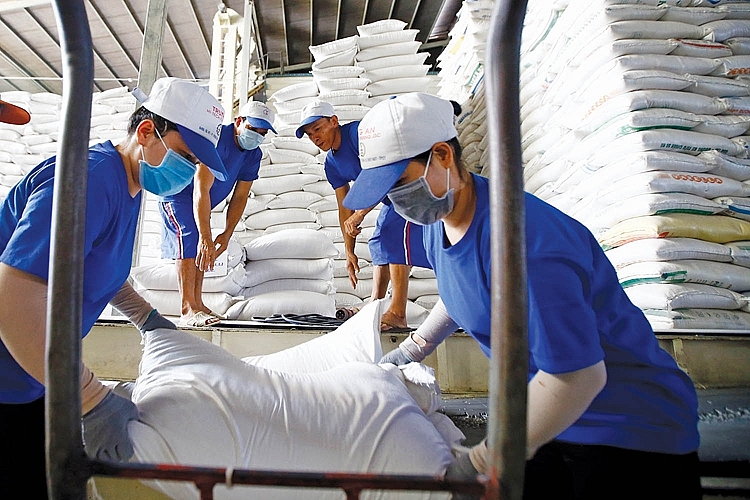 |
| Diagnosing why Vietnam's rice export price is the most expensive in the world? |
However, with the solution of negotiating price increase, most customers do not agree, because the current price of Vietnamese rice is higher than Thailand, the United States and is the highest in the world.
When rice prices are too high while the quality is only average, it will make importing businesses choose other suppliers.
The most typical example is that the Iraqi market used to buy white rice from Vietnam in the past, however, recently, the price of Vietnamese rice has increased so much that they have switched to buying rice from the United States with a quantity of 60,000 tons.
Vietnam's main exports are to China, Indonesia, Malaysia, etc. Due to our similar conditions to Thailand, currently Thai rice is cheaper than Vietnamese rice.
For example, Thai white rice is 40 USD/ton cheaper than Vietnamese white rice, and their Jasmine rice is 60 USD/ton cheaper than Vietnamese rice. Therefore, there is no reason for customers to choose to buy Vietnamese rice.
Therefore, along with some contracts forcing businesses to cancel, it is predicted that our orders will be lost a lot.
Rice prices are at the highest level in the world, the next risk is that if we cannot sign a futures contract at the end of 2023, the autumn-winter rice season (falling in September, October, November) will plummet.
Food is a major commodity, consumed daily and has a common international price. If the price of food increases, most customers will choose other food items. Instead of rice, they will choose wheat, barley, etc. Up to now, we have lost some markets in Africa, if we are not careful, in the next 1-2 months we will also lose the Philippines and China markets. At that time, if we want to renegotiate, we will have to wait until next year.
This not only affects rice export activities in the coming time but also makes the image of Vietnamese rice in the international market not good.
Thailand recommends farmers reduce rice cultivation area but their rice export price remains stable. Meanwhile, Vietnam's rice export price is pushed to the highest in the world. Can you explain this?
Thailand does not expand its rice acreage, as their acreage is already at its maximum. They maintain a moderate amount of white rice, but they increase production of high-quality fragrant rice (Thai Hom Mali rice). Therefore, their rice exports reach this threshold every year (called the safety threshold).
 |
| Mr. Phan Van Co - Marketing Director of Vrice Group Company Limited (Photo: NVCC) |
India has many reasons for banning rice exports. Firstly, they want to keep domestic food prices stable, without affecting domestic security. However, from the exporters' point of view, India's ban on rice exports is because they want to increase export prices between government contracts. On the other hand, India is the world's leading rice exporter. India's ban on rice exports will greatly affect the world rice market situation.
Some world organizations such as the International Monetary Fund (IMF) have asked India to reopen rice exports, in return they will provide India with a financial aid at very low interest rates. India is a developing country, with this proposal from the IMF, in my opinion, sooner or later they will agree.
Russia and UAE banning rice exports will not affect the world rice market, because UAE is only an importer for export, not a producer, while Russia's main producers are wheat and barley.
What does the world's highest rice price in Vietnam say, sir?
Some opinions say that export enterprises raise prices to meet previously signed orders. This is just the surface.
I think the main reason is that in Vietnam, when the export market is favorable, there will be a group of interests, some traders, some brokers, they gather in large numbers, they spread information and collect.
They actually purchase only a part. For the other part, they set up rice forums and, in the name of Chinese, Philippine, and Singaporean traders, place very large orders, hundreds of thousands of tons, at very high prices. For example, Jasmine rice, the international market price is about 700-750 USD/ton, but they pay 800-900 USD/ton. There are also businesses that sign contracts at high prices and transfer real money, but these are "bait" businesses, which causes chaos in the market.
In remote areas, or in large fields, there are some outside traders (not the ones who buy the farmers' rice) who buy the farmers' goods at very high prices. Some farmers are greedy for high profits so they break the contract with enterprises and cooperatives. However, usually farmers or cooperatives do not have timely information and they are often lured by this interest group.
This makes businesses and farmers think that prices are going up. But when selling contracts, they will ask for documents. But when making payments, they will ask for LC payment, deferred payment, etc.
Currently, large and reputable export enterprises in the market have their own growing areas and product consumption. When farmers and cooperatives "break" their contracts, their export volume is not achieved. This causes the enterprises to lose prestige with their partners.
The linkage between farmers from planting, production to export is broken. Therefore, rice exporting enterprises are facing many difficulties during this period.
When do you predict the world and Vietnamese rice markets will stabilize again?
Currently, most of the world's major food markets are offering orders for November, December 2023 and January, February 2024 at reduced prices. World food prices are affected by these markets.
For example, Thailand offers orders for fragrant rice for delivery in October, November, and December 2023 at only 680 - 690 USD/ton; meanwhile, Vietnam is offering 750 - 800 USD/ton.
Thai 5% broken rice they offer in the Philippines and Indonesia for delivery in late September, October, November, December 2023 and January 2024 is priced at $585, while Vietnam is offering at $649/ton.
In my experience, as well as the orders just lost, from mid-September onwards, Vietnam's rice export prices will decrease.
When the market drops and returns to normal, it usually takes 2-3 months. At that time, Vietnam will have a new crop, at that time, businesses will welcome new customers, or businesses can attract customers by lowering prices.
Because if you want to export, you have to lower prices to compete with neighboring countries, then customers will consider returning and then businesses will have to wait for the market for 3-4 months. Therefore, orders for delivery at the end of 2023 as well as the winter-spring crop to Vietnam will have difficulty competing with countries around the world.
In this context, what recommendations do you have for the authorities?
Vietnam currently has no policy to ban rice exports. However, it is not advisable to let the free market allow bad traders to manipulate prices. Therefore, in my opinion, there should be a common (basic) price for rice exports.
The price of rice is too high, domestic consumers are the most disadvantaged, followed by farmers. Because farmers sell rice at high prices with small quantities, while other goods increase in price, agricultural materials increase.
Banning rice exports is not the solution, but restrictions should be considered.
Such a high rice price will no longer be the real price, this will also lead to the loss of export markets, and once lost, it will be very difficult for us to get them back.
Thank you!
Source link






![[Photo] Overcoming all difficulties, speeding up construction progress of Hoa Binh Hydropower Plant Expansion Project](https://vstatic.vietnam.vn/vietnam/resource/IMAGE/2025/4/12/bff04b551e98484c84d74c8faa3526e0)

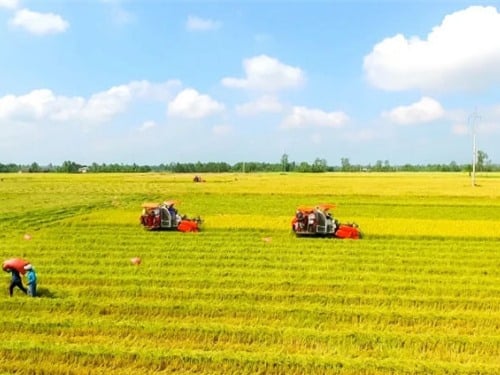



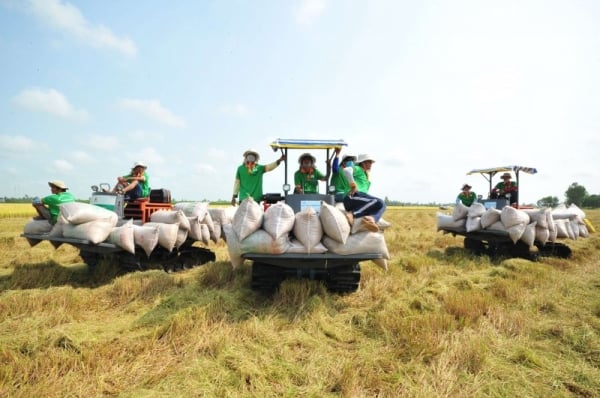



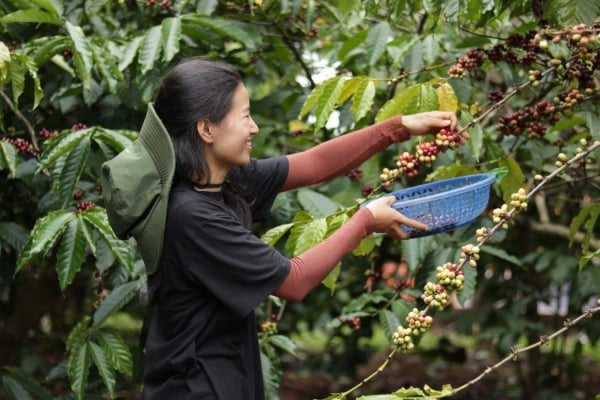




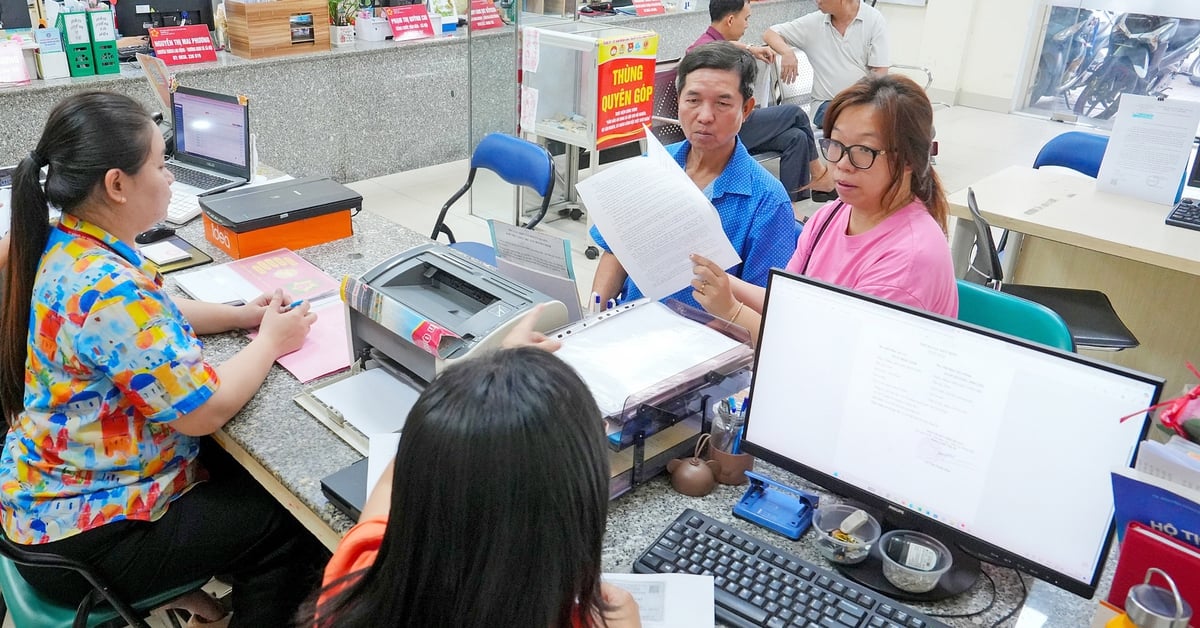




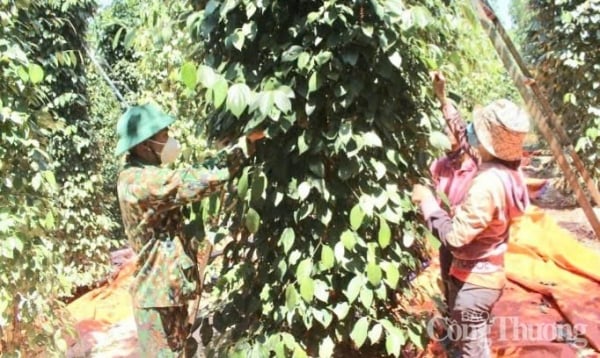
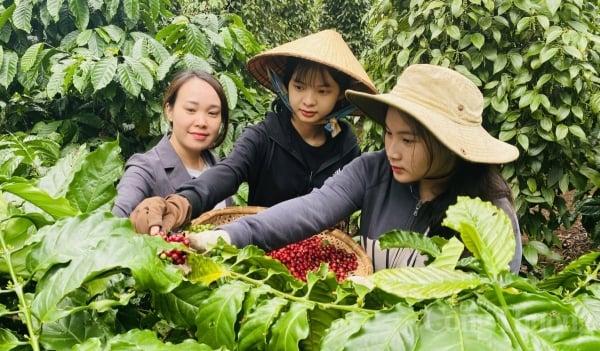
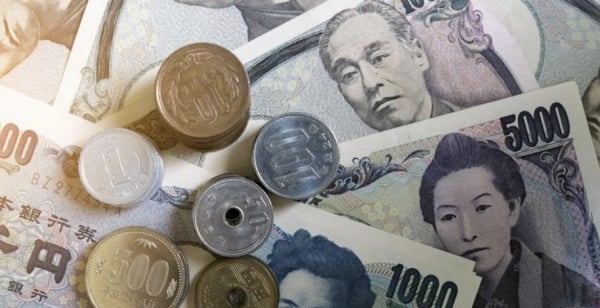


















































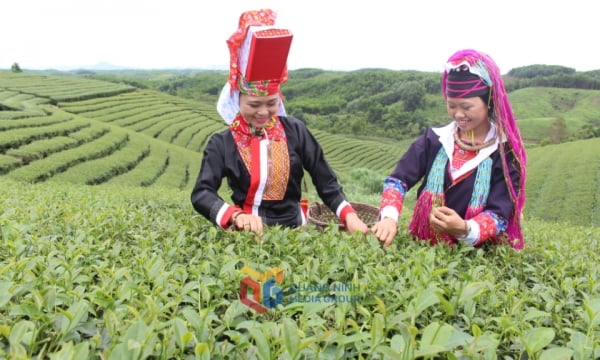





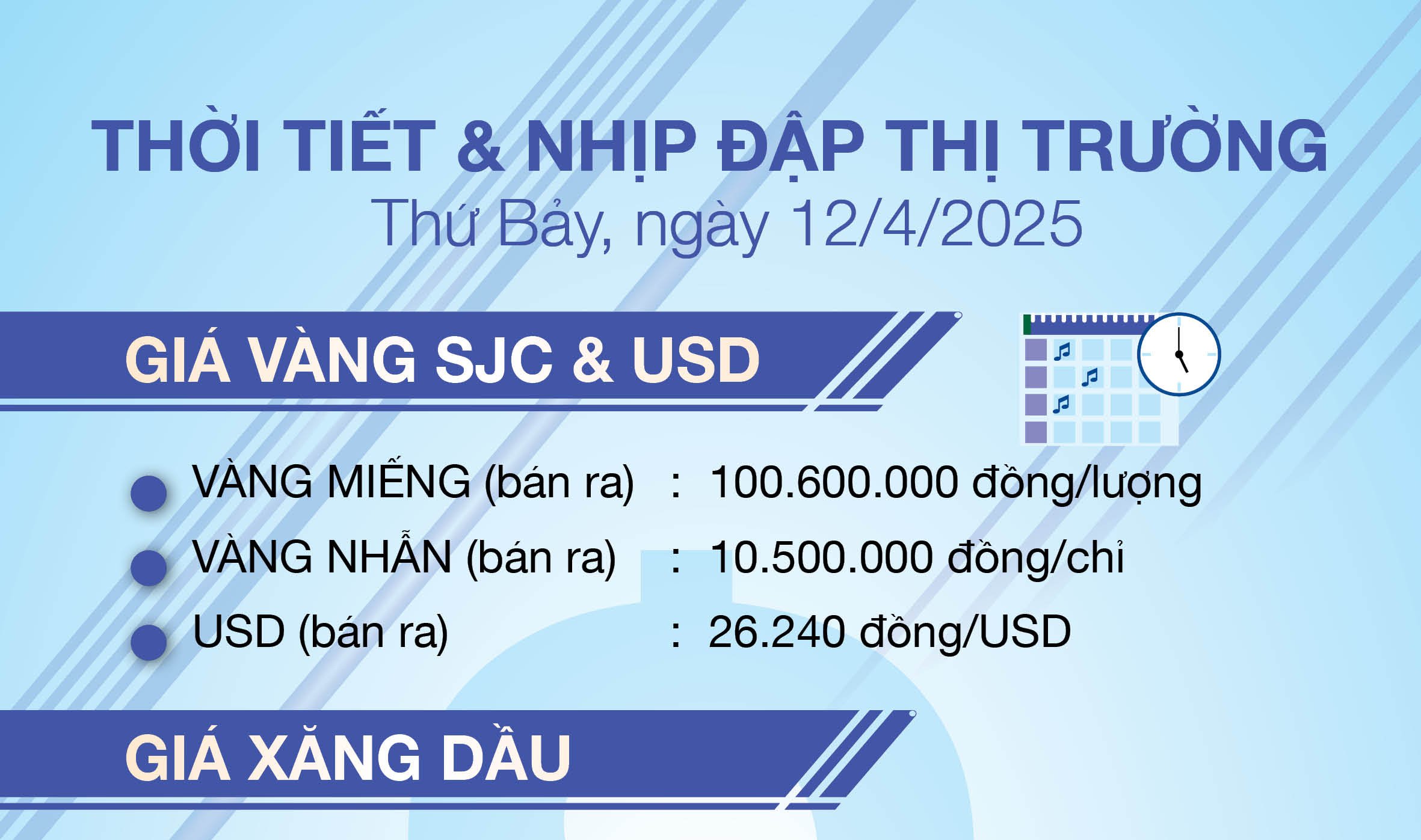












Comment (0)